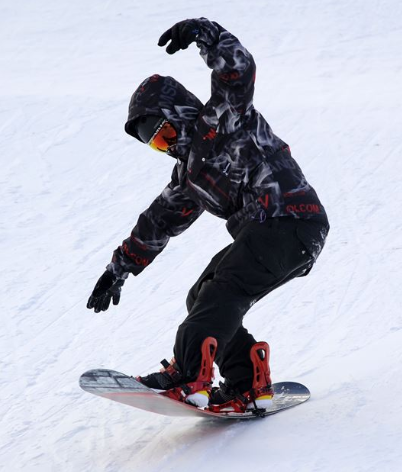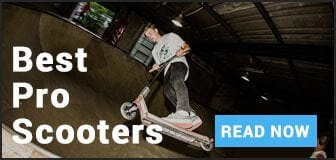Table of Contents
Snowboard bindings are an integral part of your setup as a snowboarder. It’s best to go through the various details, understand what works for you, and set things up as soon as possible.
Most Important Facts To When Setting Things Up
Understanding Your Stance
Begin with understanding the value of a good stance.
In general, snowboarders have to choose a ‘stance,’ which refers to the way your bindings sit on a snowboard. Each binding is going to be positioned at a certain angle and will sit left and right depending on what you want as a snowboarder. You will want to know which foot is your “leading” foot. For example, some snowboarders prefer to go with a left-footed stance while others want to go with a right-footed stance. Whether you go with a regular or goofy stance, it’s the snowboard bindings that need to be customized as soon as possible. When you are setting the bindings into place, you want to put the lead foot at a higher angle to maximize control while moving around. However, this isn’t a steadfast rule and some snowboarders like to keep both at the same angle for balance.
Each person is going to have a different perspective when it comes to a comfortable stance. Some people adore the idea of a goofy stance (right foot first) and make sure to put the right binding in front. Professionals will often work with smaller degrees to get a balanced approach. Many examples can be seen where a person goes with a 12-15 degree angle on both bindings while having a 20-23 inch stance (width).
However, this doesn’t mean a narrower stance is a bad idea. Some people may have potential underlying injuries that may cause them to reduce pressure on their joints. This is when a narrower stance can help even if the balance has to be sacrificed a bit.
Setting Up Your Snowboard Bindings
Let’s move forward and focus on setting up your snowboard bindings.
in essence, you are going to look for a standard board that comes with a set of holes. This is where the binding is going to go (left and right). You will need to look at the numbers that come on written on your snowboard. These are the main binding holes and have to be mapped out based on how you are going to set up the bindings. You can also look at the width measurements by glancing at the board. This is a lot easier than wasting time when it comes to your bindings.
Make sure to focus on the angles before anything else. When you look at the binding disk plate, you will notice certain numbers such as 0, 9, and 19. These are going to have smaller markers that go up by three degrees. As soon as you turn the disk plate, it is going to go up by the degree you’ve chosen. This is essential as you look to map out what works for your needs.
The same has to happen with the back binding. You want to look at setting up a negative angle that is lower than the positive angle while doing this. It is a far more common setup and one people like to work with because it’s beginner-friendly.
Once the angles have been solidified, you want to stand on the board and look at the width that is ideal for your body. You want to make sure the width is determined before you start to line up the base plate. This is the only way to do things properly or you will have to shift things again later on. Make sure to look at your measurements multiple times to see the value of what you’re doing and if it is in line with your body’s needs as a snowboarder. It is easy to make a mistake and put the bindings upside down, so please do pay attention!
Put the bindings over the insert holes and begin to screw them in one by one. You will want to tighten them and make sure they don’t jiggle in place. This is going to lead to injury if it comes loose on the trail!
Make sure to test it multiple times and look at both bindings with your feet inside.
Differences in Approach
Now, it’s important to realize each person is going to come in with a unique perspective about snowboard bindings. Some like wider stances, while others want a narrower setup. Some want to go with a regular stance, while others dream of nothing else than a simple goofy setup. This is the beauty of snowboarding and setting up your snowboard bindings.
The details are personal and it is up to you to get the right.

Final Thoughts
Keep these details in your mind while working on the snowboard bindings. This is how you will end up with a snowboard that is worthwhile on any trail!
If you liked the article, please leave your feedback.




